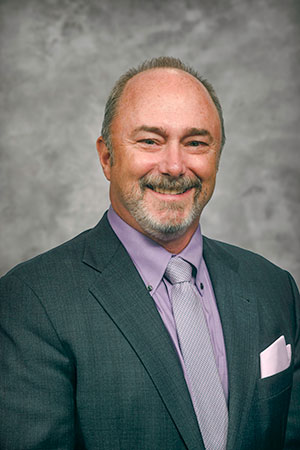
We all know the type. The somewhat crotchety Critical Care consultant who always challenges you when you call. That was Jim*, who—despite his irascible nature—always offered help and showed up when I needed him…but only after he had given me some grief about calling from the emergency department. But I took it from him, because he was a friend, and he usually kicked my tail when we played golf. In fact, two years ago I placed second in our annual golf tournament (best I ever played), and he beat me over three days by five shots!
It was April 2019, while Jim was at his Southwest retreat playing daily to hone his skills when he awoke “a little off.” Rather quickly he deteriorated, and his wife noted marked slurred speech and a facial droop. Fortunately for Jim, he married a smart woman who—along with his doctor—ignored his suggestion that he “slept wrong and would go back to bed,” and called 911. EMS took him to a small hospital nearby.
Upon arrival, Jim’s NIH Stroke Scale was 15—this was a big-time stroke! His initial CT scan was normal, and he was beginning to grasp the severity of the situation as the team explained to him and his wife about TPA for large vessel strokes prior to transport by helicopter to a regional stroke center. Jim understood the risks as a Critical Care intensivist. He knew this was not the future he wanted. He and his wife consented, and the TPA was on board by the time the helicopter landed (within a three-hour window of his sudden deterioration). Off he flew to the major regional stroke center, grasping the possibility of paralysis and aphasia for the rest of his life.
From the moment he landed, Jim remembered shaking the hands of the transport team and thanking them. His NIH Stroke scale was 3 when he got to the stroke center, and after a several-day stay and much testing, he left the hospital with nothing more than a small smirk to his smile, which everyone thought was just his nature.
But there was an attitude change. Next time I saw him, he could not stop raving about the fact that for all his years of grief-giving, EMS and the emergency department team were responsible for the swift decisions and actions that saved his life.
One thing didn’t change. Six weeks later, he kicked my rear again in the annual golf tournament…but only by four strokes this year.
Thank goodness for the proper tools and teamwork in Emergency Systems when you need it.
Stephen H. Anderson MD, ACEP
Immediate past Chair of the Board of Directors,
American College of Emergency Physicians
*Name changed for privacy.
